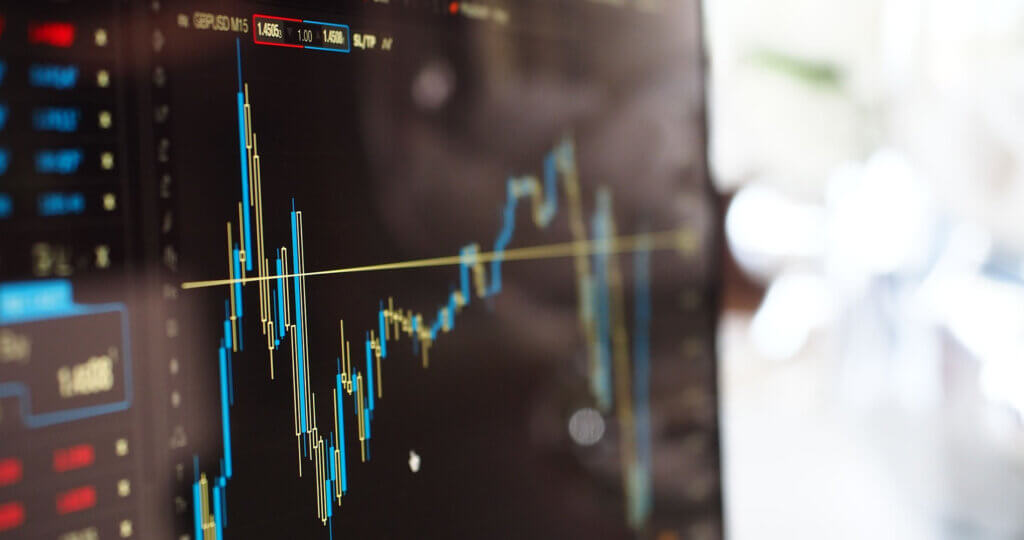Oakmark Fund - Investor Class
Average Annual Total Returns 12/31/18
Since Inception 08/05/91 11.98%
10-year 13.92%
5-year 6.03%
1-year -12.73%
3-month -17.30
Gross Expense Ratio as of 09/30/18 was 0.89%
Net Expense Ratio as of 09/30/18 was 0.85%
Past performance is no guarantee of future results. The performance data quoted represents past performance. Current performance may be lower or higher than the performance data quoted. The investment return and principal value vary so that an investor’s shares when redeemed may be worth more or less than the original cost. To obtain the most recent month-end performance data, view it here.
The Oakmark Fund decreased 17.3% during the fourth quarter, which compares to a decline of 13.5% for the S&P 500. This closes a disappointing year, with the Fund declining 12.7%, which lagged behind the 4.4% decline for the S&P 500. We continue to believe that the underlying businesses in our portfolio are performing much better than their stock prices indicate, so we find these holdings even more attractively valued than they were prior to the fourth quarter. Accordingly, we took advantage of unusually high volatility during the quarter to increase the share positions of stocks we believe are most undervalued, while reducing our positions in stocks that had performed better and, therefore, had become less attractive. These reductions included Aon, Automatic Data Process, Baxter, Diageo, HCA Healthcare, Mastercard, Nestlé, Unilever and Visa.
We eliminated positions in UnitedHealth Group, Medtronic, Oracle and Nestlé as they approached our estimates of intrinsic value. UnitedHealth has performed exceptionally well since we purchased it in the third quarter of 2012. At that time, UnitedHealth sold for 10 times expected 2013 earnings. Since then, the company has grown revenue over 10% annually, improved margins and reduced shares outstanding, resulting in earnings that are more than twice our original 2013 estimate. During the quarter, the stock price exceeded $280, giving it a projected P/E on 2018 estimates of more than 20 times, and we believe that there are more attractive investment opportunities today.
Nestlé and Diageo were the best individual contributors for the quarter and the lowest contributors were Apache and Apple. Our best contributing sectors were consumer staples and health care and our lowest contributing sectors were financials and information technology, which are our largest two sectors. For the calendar year, our best individual contributors were HCA Healthcare and Netflix and our biggest detractors were General Electric and Citigroup. During the fourth quarter, we initiated positions in eBay and Halliburton.
eBay Inc. (EBAY – $28.07)
eBay operates three growing and highly cash generative businesses that connect buyers and sellers of lower volume, harder-to-find items. The eBay marketplace matches more than 175 million buyers with one billion items, listed by more than 25 million sellers. eBay also owns valuable assets in StubHub, as well as a portfolio of international, market-leading, classifieds websites. We expect the eBay marketplace to continue to co-exist with Amazon as the two destinations satisfy different shopping behaviors. Amazon is the premier online destination for new, in-season goods while eBay’s marketplace primarily serves consumer demand for used, off-season or off-price items. The marketplace business is transitioning to a new payment provider and recently began allowing sellers to advertise on the platform. We believe these initiatives should substantially increase company profits over the next three to five years, even after eBay passes some of the savings back to marketplace participants. We purchased shares of eBay at a multiple that was similar to many brick-and-mortar retailers, which we believe overlooks the company’s higher growth rate and powerful competitive and scale advantages.
Halliburton Company (HAL – $26.58)
Halliburton is one of the largest providers of products and services to the energy industry in the world. The scale of its operations leads the industry and it maintains impressive technical capabilities across a broad array of product lines and geographic markets. The company also has a long history of best-in-class operating efficiency and disciplined, return-focused capital deployment. The global oil and gas industry has endured a multi-year retrenchment of capital investments, and we believe that a significant and sustained increase in spending will now be necessary to satisfy increasing global demand. We believe Halliburton is particularly well positioned to benefit from this recovery, given its dominant presence in the reviving U.S. onshore market, its significant investment in international footprint expansion and its ability to capture increased market share in select high-value product lines. Despite this attractive long-term environment, a combination of short-term concerns have significantly pressured Halliburton’s stock price. The company is currently trading at a single-digit multiple of our estimate of its normalized earnings per share—a very attractive price for a company of this stature.
The securities mentioned above comprise the following percentages of the Oakmark Fund’s total net assets as of 12/31/18: Amazon 0%, Aon 0.7%, Apache 1.7%, Apple 2.7%, Automatic Data Process 1.5%, Baxter International 1.7%, Citigroup 3.0%, Diageo ADR 1.4%, eBay 1.1%, General Electric 2.4%, Halliburton 0.9%, HCA Healthcare 1.1%, Mastercard Cl A 2.0%, Medtronic 0%, Nestlé 0%, Netflix 2.7%, Oracle 0%, Unilever 0.1%, UnitedHealth Group 0%, Visa Cl A 1.7%. Portfolio holdings are subject to change without notice and are not intended as recommendations of individual stocks.
Access the full list of holdings for the Oakmark Fund as of the most recent quarter-end.
The net expense ratio reflects a contractual advisory fee waiver agreement through January 27, 2020.
The Price-Earnings Ratio (“P/E”) is the most common measure of the expensiveness of a stock.
The S&P 500 Total Return Index is a float-adjusted, capitalization-weighted index of 500 U.S. large-capitalization stocks representing all major industries. It is a widely recognized index of broad, U.S. equity market performance. Returns reflect the reinvestment of dividends. This index is unmanaged and investors cannot invest directly in this index.
The Oakmark Fund’s portfolio tends to be invested in a relatively small number of stocks. As a result, the appreciation or depreciation of any one security held by the Fund will have a greater impact on the Fund’s net asset value than it would if the Fund invested in a larger number of securities. Although that strategy has the potential to generate attractive returns over time, it also increases the Fund’s volatility.
The discussion of the Fund’s investments and investment strategy (including current investment themes, the portfolio managers’ research and investment process, and portfolio characteristics) represents the Fund’s investments and the views of the portfolio managers and Harris Associates L.P., the Fund’s investment adviser, at the time of this letter, and are subject to change without notice.
All information provided is as of 12/31/2018 unless otherwise specified.






